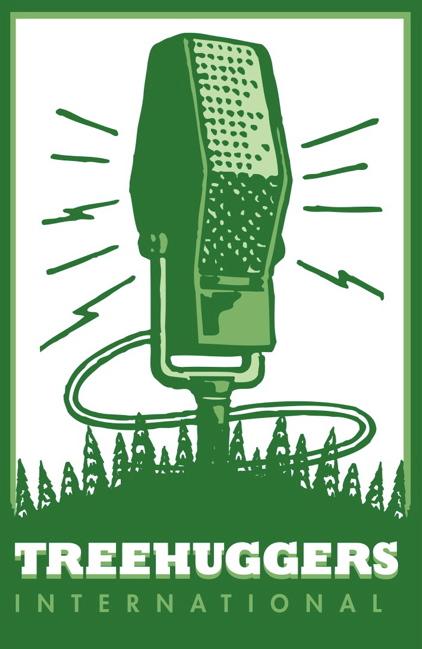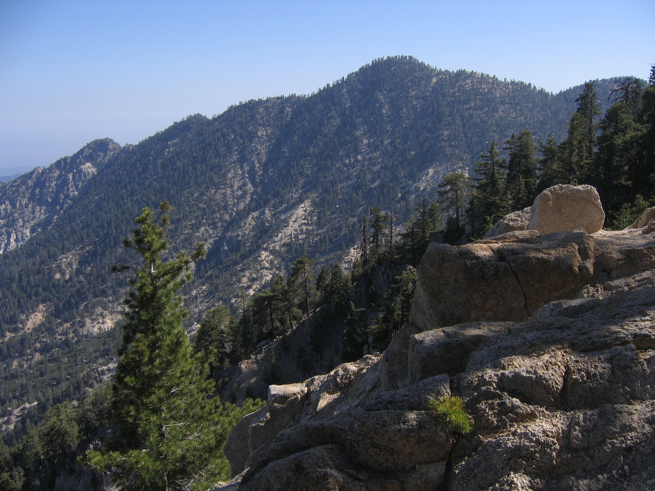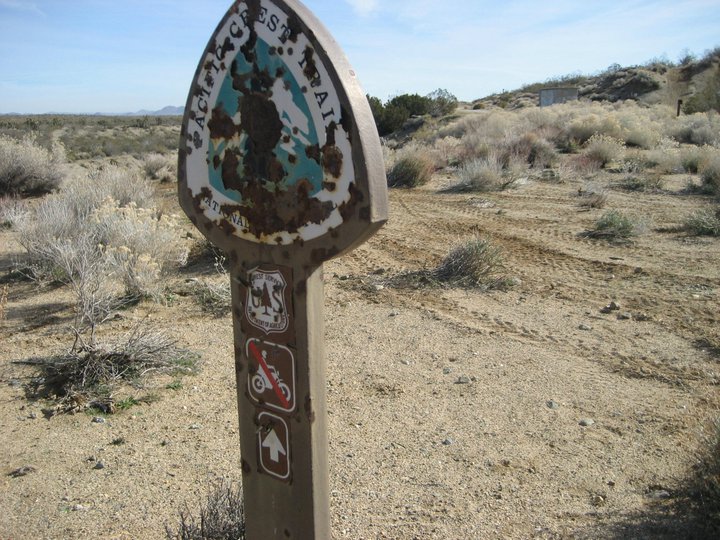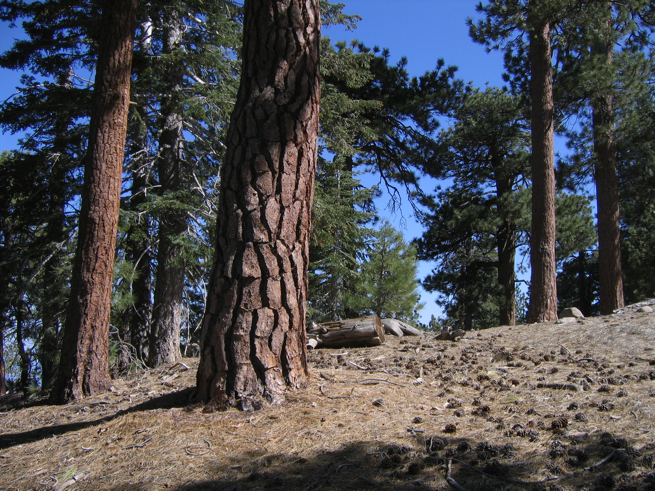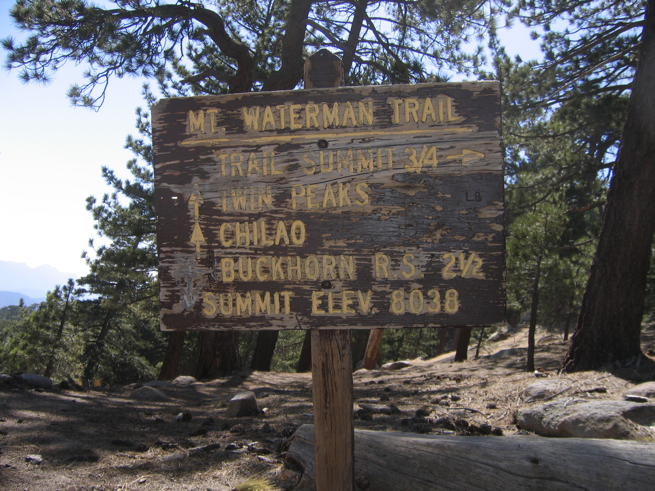Protect Wilderness-Quality Lands In Southern California NOW
June 10th, 2012
Wilderness Designation for Roadless Areas
 If you’re a fan of the trails and the variety of environments and ecosystems found in the four Southern California National Forests (Angeles, Cleveland, Los Padres and San Bernardino), please lend your help to our friends with the Angeles Chapter of the Sierra Club, the Los Angeles office of The Wilderness Society, Wilderness4All, Friends of the River, the California Wilderness Coalition and San Gabriel Mountains Forever in rallying to ensure protection for wilderness quality lands.
If you’re a fan of the trails and the variety of environments and ecosystems found in the four Southern California National Forests (Angeles, Cleveland, Los Padres and San Bernardino), please lend your help to our friends with the Angeles Chapter of the Sierra Club, the Los Angeles office of The Wilderness Society, Wilderness4All, Friends of the River, the California Wilderness Coalition and San Gabriel Mountains Forever in rallying to ensure protection for wilderness quality lands.
According to Juana Torres, regional representative with the Angeles Chapter of the Sierra Club, “Over the last few days anti-wilderness groups have started pushing hard to get anti-wilderness comments to the Forest Service on the Southern California National Forests Land Management Plan Amendment (LMPA). Our goal is to convince the Forest Service to recommend wilderness designation for as many roadless areas as possible.”
Geoffrey Smith of Wilderness4All says, “In order to safeguard continuing protection of wilderness-quality lands not yet congressionally designated as wilderness, yet possess wilderness value and characteristics, it is imperative to ask the U.S. Forest Service to use a ‘Recommended Wilderness (RW)’ designation. The plans for these forests will decide how individual ‘Inventoried Roadless Areas (IRA)’ will be managed going forward. Their current proposals include both ‘Recommended Wilderness’ (protected) and ‘Backcountry Non-Motorized’ (not protected) designations.”
“In several previous decisions,” Smith goes on to say, “the Forest Service decided to manage ‘Recommended Wilderness’ as if it were congressionally designated wilderness. It is important such administrative management guidelines continue, in order to protect these sensitive lands even as congressional federal wilderness designation is pending.”
Visit the California Wilderness Coalition website for talking points and a sample letter, and e-mail your comments to this e-mail address before midnight on Monday June 11th. Let the U.S. Forest Service know you support protection of wilderness quality lands.
As far as the San Gabriel Mountains and Angeles National Forest are concerned, Juana Torres asks you to keep in mind three main issues which need to be aggressively addressed and heard by the Forest Service:
- Please ask the Forest Service to recommend Fish Canyon, Salt Creek, Tule, Red Mountai and Condor Peak as Wilderness.
- Please ask the Forest Service to protect the San Gabriel River and San Antonio Creek with Wild and Scenic River designations.
- Offer your personal stories of a wilderness experience hiking, camping, backpacking and exploration in wilderness-quality areas of the Angeles National Forest.
Remember, action needs to be taken quickly on this matter. Your comments for wilderness-quality lands in all four Southern California National Forests need to be submitted to the Forest Service before midnight, Monday June 11th.
False Premise: the Sportsmen’s Heritage Act
A broad push by anti-wilderness advocates in the House of Representatives over the last 18 months has resulted in several notorious pieces of destructive legislation, the most recent being the Sportsmen’s Heritage Act.
While a less-inflammatory version of the bill was introduced into the Senate last week by Montana Sen. Jon Tester, the House version of the Sportsmen’s Heritage Act has little to do with hunting or sportsmen, and everything to do with undoing America’s heritage of preserving wilderness, according to the tenets set into law in the landmark 1964 Wilderness Act.
In addition to enabling logging and mining in wilderness areas, and a provision to keep the EPA from banning lead ammunition, anti-wilderness forces are using a particularly bizarre, and demonstrably false, premise to weaken and undo the Wilderness Act by promoting the claim hunting is forbidden in wilderness areas.
While access points to wilderness areas are genuine issues for sportsmen, the real purpose behind the anti-wilderness push is to enable the use of machines powered by internal combustion engines into wilderness areas. One of the ways which anti-wilderness forces are trying to do this is by splitting the traditional coalition of hunters and conservationists, crucial to the passage of wilderness bills, by positioning the matter as a choice over hunting rights.
Supported by an array of anti-environmental legislators in Congress, the Sportsmen’s Heritage Act is in part bankrolled by the NRA, as well as the off-road lobby, which would like nothing more than to add additional space in the wild for users to “recreate” with ATVs, dirtbikes and other off-road vehicles.
While the Forest Service may restrict any kind of use from a particular trail, off-roaders are often excluded from hiking trails because the trails may not be properly graded or designed to accommodate ATV traffic (doing so, in effect, makes them roads).
This is also done in order to prevent conflicts between users. Machines and horses don’t go together well, and hikers and solace-seekers have little use for whining dirtbikes and ATV exhaust and dust.
Wilderness designation officially bans machines from a trail within a wilderness area, but the argument being made by anti-wilderness advocates in the House is one Dick Cheney would love. They’re claiming hunting access is bring infringed upon in Wilderness areas because hunters can’t ride on their ATVs to a hunting area to stalk their prey.
These aren’t exactly your father’s hunters who get up at the crack of dawn and head into the wild with a full pack ~ these are hunters who want to ride to their destination, and chase down their prey once they’ve managed to wound it on their machines as well.
Sportsmen and Sustenance
Hunting has always been allowed in wilderness areas, going back to the Forest Service’s practice of identifying and protecting “primitive” areas from road-building and development in the 1920s and 30s. Hunting access for sportsmen and sustenance was a key component in the 1964 Wilderness Act, and some of the strongest supporters for Wilderness in the years since 1964 have been sportsmen. The NRA and motorized advocates are aware of this, and it is here, along recreational use fault lines, they seek to create a split.
Of course, the whole idea is counterintuitive. Ask any hunter worth his salt with a 30-06 or a crossbow, and they’ll ask you the same thing: What animals are going to be left standing around after a hunting party rides in on dirtbikes or ATVs? They might as well be arriving in helicopters or tanks.
Hunting requires silence, patience, and a willingness to let prey come to you, or the opportunity to stalk prey for hours at a time across the landscape on nature’s terms on foot, not on a machine. This is something Wilderness offers in abundance, in all corners of the U.S., and the reason hunters and sportsmen continue to value the ability to hunt and connect with nature in wilderness.
Writing in Outdoor Life, hunter Ben Lamb says of the House version
The bill would open Wilderness Areas to motorized use, oil and gas development, logging and a host of other activities that would cut the heart out of protective designations like Wilderness Areas.
If the National Parks were America’s Best Idea, the Wilderness Act was the Best Favor the nation bestowed upon itself. From a place where anyone can go in order to exercise and hike in fresh air, get back in touch with nature’s rhythms, find solace or meditation, unburden themselves of societal concerns and responsibilities, and the opportunity to confront nature on it’s own terms, Wilderness has proven itself to be a valuable commodity, as well as an economic engine for communities nearby.
Wilderness is not a drive-in, Dick Cheney-ready shooting gallery where animals are released at the blow of a whistle to be shot to pieces by waiting firearms. Real hunters and sportsmen know this, but the NRA and off-road lobbyists are trying to convince hunters otherwise in order to pass legislation which doesn’t support hunting interests, and instead would allow ATVs and other noisy, polluting machines into the wilderness of pristine hunting areas.
The Senate version is not perfect, and like the House bill appears to address problems which aren’t necessarily there. The Senate version still allows the importation of “legally harvested” polar bears from Canada, which I cannot support. It also has plenty of go-to-Hell language for the EPA, specifically saying a federal agency can’t regulate the use of lead ammunition on federal lands.
But the Senate bill does exclude the motorized component, as well as the grotesque proposals for logging in wilderness areas. And in these potentially calamitous times for environmental regulation in the U.S., where quality, long-standing clean water and clean air policy is often hanging on by a thread and the matter of a few votes, I have to be pleased the Senate version doesn’t gut the Wilderness Act the way many in the House, and those who bankroll them, are seeking to do.
